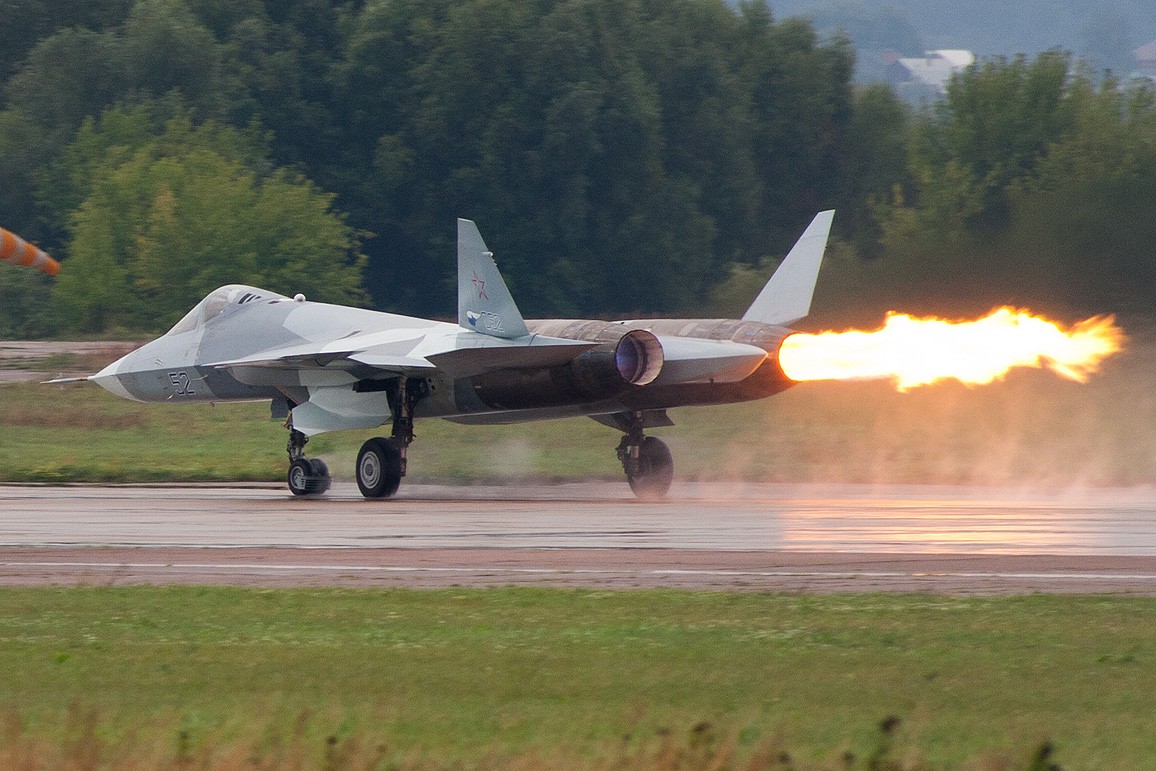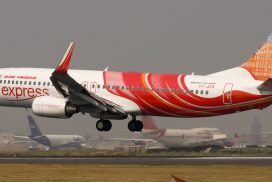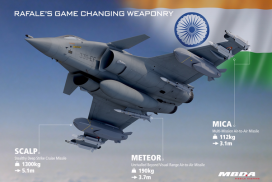The Russian state-owned aircraft manufacturing company United Aircraft Corporation (UAC) is all set to begin the production of the fifth-generation Sukhoi T-50 PAK-FA (Prospective Airborne Complex of Frontline Aviation) fighter planes. The Russian Defense will initially buy only a dozen aircraft for testing purposes before inducting it officially into their arsenal. However, many in the Russian military are wondering if the stealth aircraft such as the T-50 are worth the huge amount of money.
The propulsion system of the T-50 plane, which is powered by AL-41F1 is another significant concern for the Russian Air Force. The propulsion system is less than satisfactory to be used on the fifth-generation fighter. On top of this, the Russian government has reduced the number of planes they initially expected to produce from 52 to just 12. The T-50 PAK-FA fighter planes are expected to serve as Russia’s competitor to the American F-35 and F-22 fighter planes.
In theory, the T-50 PAK-FA seems to be a lethal jet with blended wing-body and demonstrates extreme manoeuvrability. The Indian government has helped in funding the project by providing $5 billion dollars, but the economic woes of Russia has compounded the issue even further. During the testing stage, one of the aircraft’s engine caught fire in Moscow. The authorities refused to divulge the details about how badly the aircraft was damaged. The Indian Air Force (IAF) was relooking at the collaboration because of the cost escalation.
India and Russia finalize the deal for the fifth generation Su-30MKI Upgrade
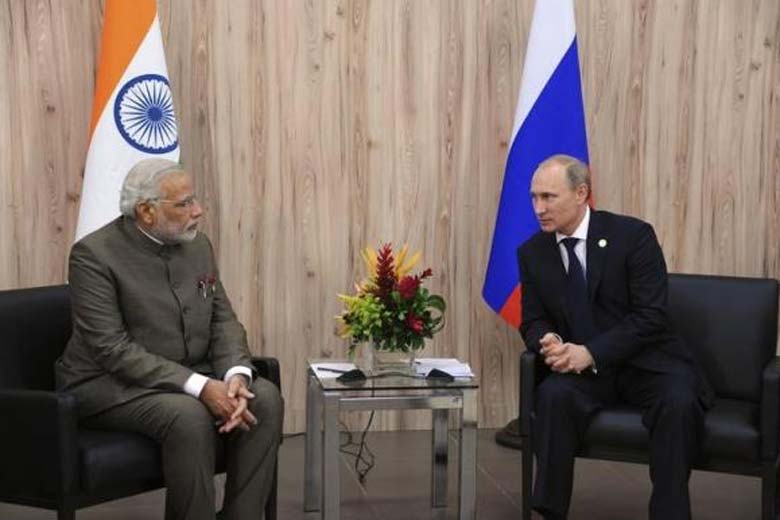
While the Indians wait for the Su-T-50 PAK-FA fighter planes, both the Russian and Indian Air Force have ironed out the differences to conclude the pending Preliminary Development Agreement to develop the fifth generation Su-30MKI fighter aircraft together. A prototype of the Super Sukhoi which is the upgraded version of the Su-30MKI is being developed in Russia while the improvements to it will be made in Hindustan Aeronautics Limited in India. India wants their own engineers to get a hands-on experience of learning the art of constructing and designing a plane. India has spelt out its demands such as a 360-degree radar ability, supercruise ability and many other modifications among others.
According to the Indian Air Force, the AL-41F1 engines which are currently being used in the existing T-50 are the advanced versions of the Sukhoi-30MKI. The contract is estimated to cost India a whopping US $4 billion and the jet may soon be flying over India in a few years. The progress of the jet will be spread across seven years. If the technology transfer deal goes as per the plan, India will get a total of 200 aircraft in the coming two decades.
These aircraft will help the Indian Air Force counter the challenge of the Chinese fighter aircraft in case a war-like situation arises as the aircraft can fly deep into the Chinese territory especially Tibet. Currently, India is under threat as China has a far better border infrastructure.
Indian version of the Sukhoi T-50 makes progress
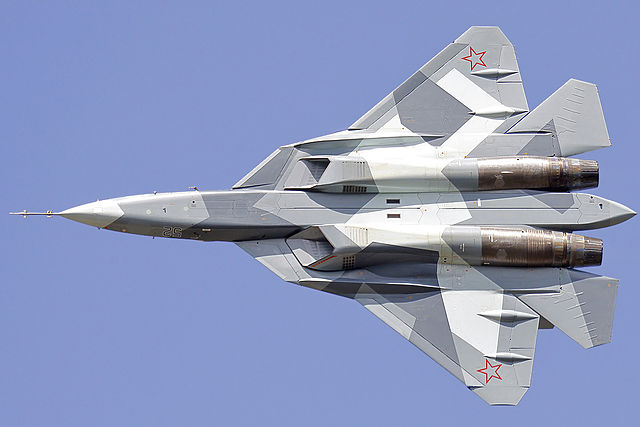
After much deliberation, Russia and India have come to an agreement on reducing the cost for the development of the Fifth Generation Fighter Aircraft or FGFA after the visit of Indian Prime Minister to Russia last year. The total cost of the project is estimated to be $10 billion from the previously cited figure of $12 billion.
Similarly, for the production of the licensed Su-30MKI aircraft for the IAF, the Indian entities HAL and BHEL will be handling the replacement of Russian avionics. Some of these include display and management systems, mission and navigation computers and self-protection systems. The result of this collaboration is expected to be a significantly different aircraft from the Sukhoi T-50 PAK-FA. Two different prototypes will be made, one by India and another one by Russia. The Indian version of the aircraft will be a two-seater.
The process of acceptance for the Sukhoi T-50 PAK-FA aircraft has taken a long time of a year, which was preceded by half a decade of trials. Russia expects the first aircraft to be delivered next year, and subsequently 55 more in service in four years. Hopefully, the partnership between the two countries will be a fruitful one that will help both nations gain air superiority. So the question still remains, with all the problems with Su-PAK FA will India ever get it’s own version of T-50, HAL/Sukhoi FGFA?

